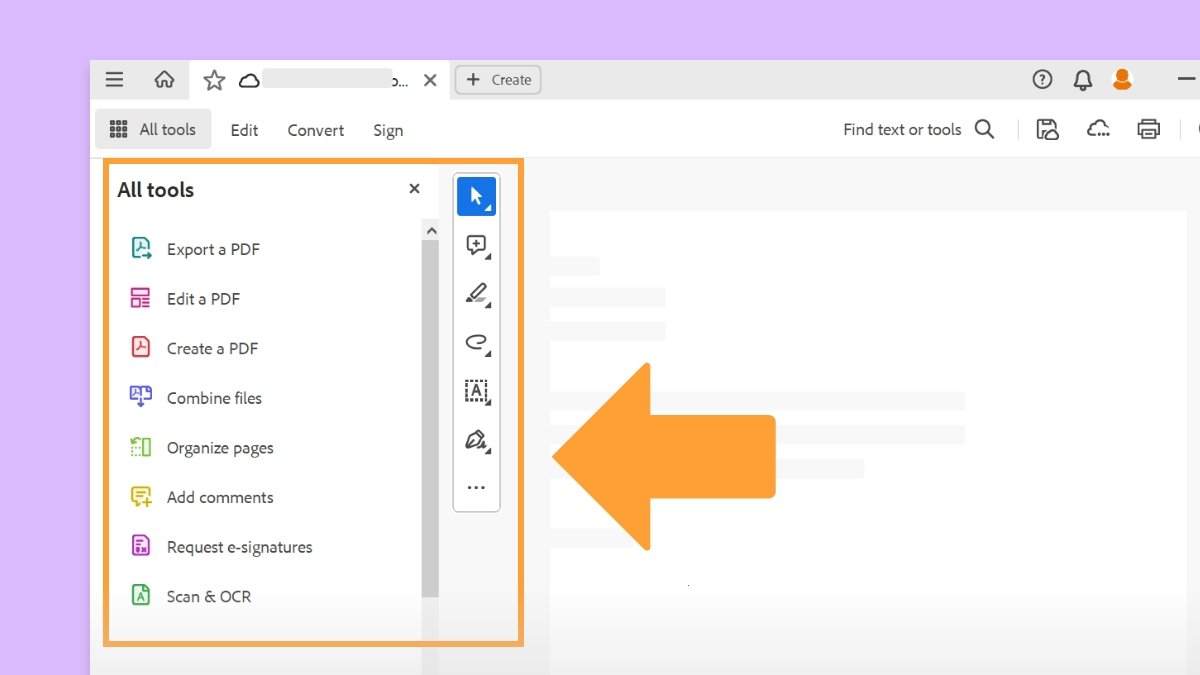Before you begin
We're rolling out a new, more intuitive product experience. If the screen shown here doesn’t match your product interface, select help for your current experience.
Before you begin
We're rolling out a new, more intuitive product experience. If the screen shown here doesn’t match your product interface, select help for your current experience.


For detailed information on PDF structure, view Adobe PDF Technology Center. If you have advanced knowledge of the PDF file format, examine the internal structure of the PDF and its fonts for technical reasons for a preflight mismatch. Preflight includes three options for in-depth inspection of a PDF. Technically skilled users can use these tools to analyze the objects and fonts that caused a mismatch.
In-depth knowledge of font internal structures and font specifications for Type 1, TrueType, and OpenType fonts is important. The font specifications are listed in the bibliography of the guide.
You can navigate the PDF and fonts in the windows that appear, but you can’t edit the PDF structure or fonts.
View the structure of a PDF, as defined by content streams and cos objects, in a tree array. Content streams represent pages, form XObjects, Type 3 font characters, and the appearance of comments and form fields. Cos objects include color space, images, and XObjects.
Check PDF syntax, view the results of a fixup, or determine the cause of a mismatch. Choose between five view modes that organize content streams in different ways. You cannot edit the PDF in the Internal PDF Structure window.
Do not confuse the internal structure with the logical structure in tagged PDFs that improves accessibility for low- or non-sighted readers. The internal structure is a superset of all objects in the document, including tags.
Open a PDF document, and select Use print production > Preflight from the All tools menu in the left pane. In the Preflight dialog box, select Options, and then select Browse Internal PDF Structure.
The Internal PDF structure window opens, showing a tree view of the document information and catalog (the root of the document’s object hierarchy).
Select Logical Structure ![]() on the upper-left to view the structure of each page.
on the upper-left to view the structure of each page.
To change how content streams appear in the tree view, select a view mode in the toolbar:
Classic
![]()
Displays the content stream as a sequence of page content operators. Expand the subtree for an operator to view its operands. This is the default view.
Q
![]()
Groups all operators in the content stream with the same graphic state nesting level within a pair of the q/Q operators. Expand the subtree for a q/Q pair to view the operator and parameters inside.
BMC
![]()
Similar to Q, but arranges content streams by marked content (BMC/EMC) nesting levels.
BT/ET
![]()
Arranges content streams by text blocks enclosed by BT and ET operators.
Snippet
![]()
Displays content streams as a series of snippets. A snippet is a contiguous group of objects with the same graphic state. In this view, each snippet represents a type of drawing operation (for example, paint area) and its graphic state.
View the internal structure of embedded fonts in a PDF in greater detail than the preflight results with a graphical view showing each glyph's outline and coordinates. You can determine the source of various preflight problems, such as mismatches caused by inconsistent glyph widths.
Open a PDF document, and select Use print production > Preflight from the All tools menu in the left pane. In the Preflight window, select Options, and then select Browse Internal Structure of All Document Fonts.
To view the structure of a single font, expand the Fonts entry in Results > Overview. Select a font, and then select Browse Internal Font Structure from the Options menu.
To view the glyph details, select any of the following buttons:
Display Grid
Shows the origin of the glyph’s coordinate space, indicated by two green-colored orthogonal lines.
Display Boxes
![]()
Shows the area used by the selected glyph and the maximum area used by all glyphs using blue lines that coincide on the top and bottom.
Display Filling
Shows the areas of a filled glyph as medium gray.
Display Points
Shows all the points used to define the glyph’s outline. Black points indicate the outline’s contour. Red points indicate bezier curves and are offset from the outline’s contour.
Display Cursor
![]()
Shows the position of the currently selected point, indicated by two magenta-colored orthogonal lines. This button is available only if Display Points are selected.
To adjust the size of the glyph display area, drag the handle between the tree view and the glyph display area up or down.
Work smarter with Acrobat on your desktop
Create, edit, and organize PDFs with powerful tools that help you stay productive anywhere.